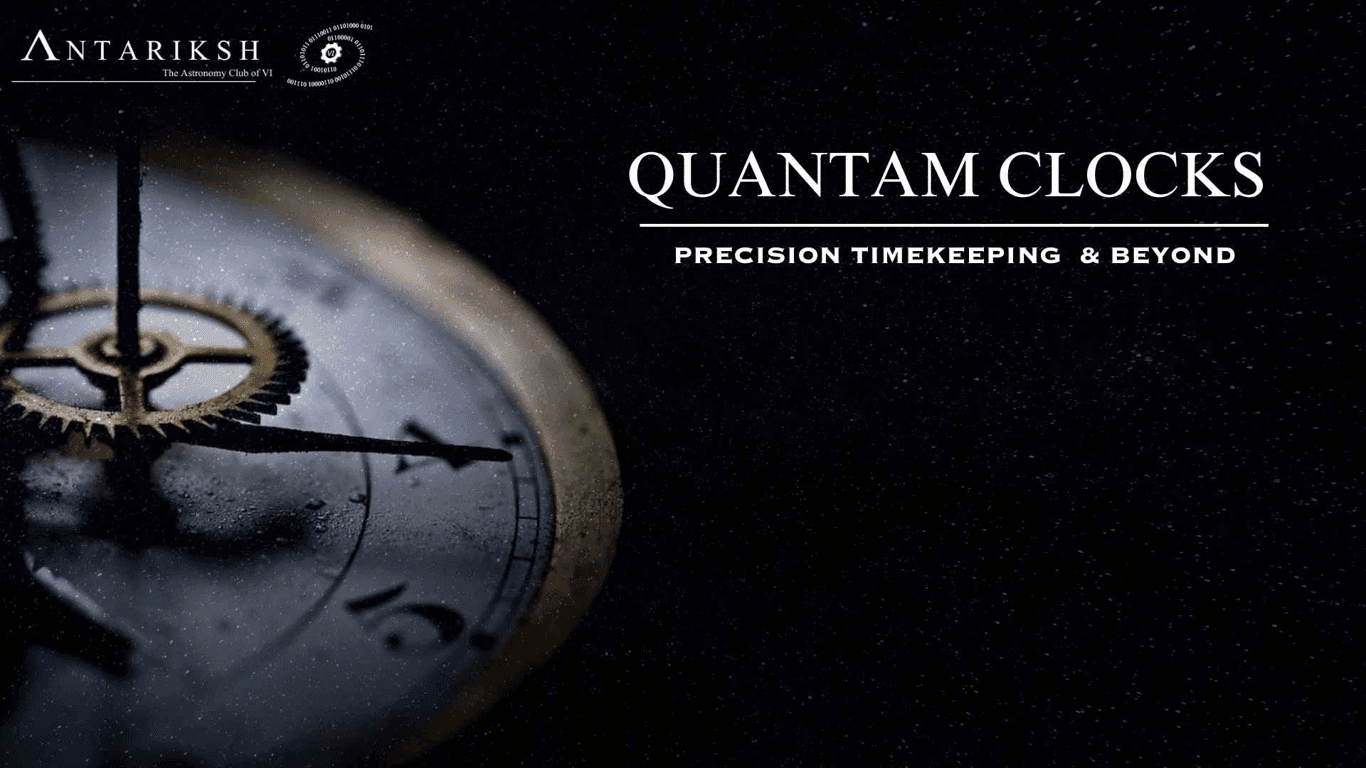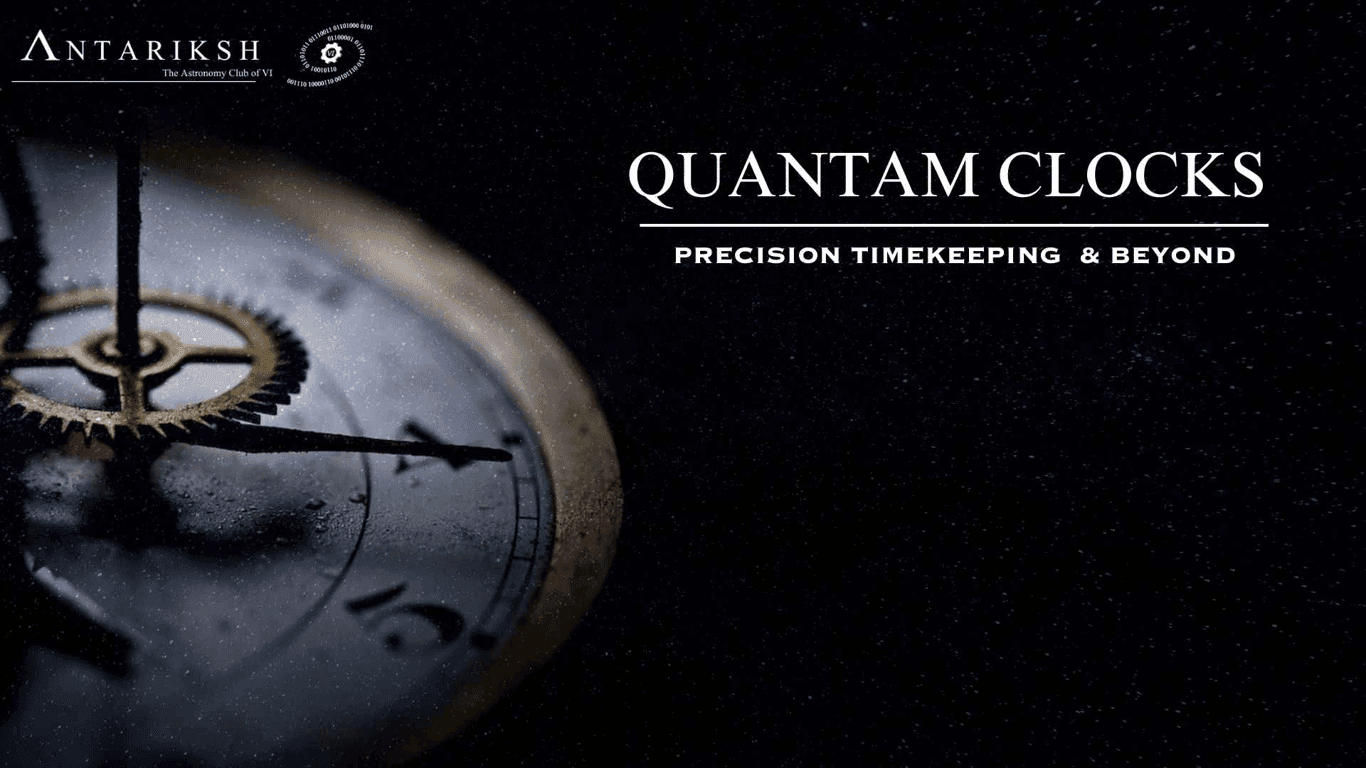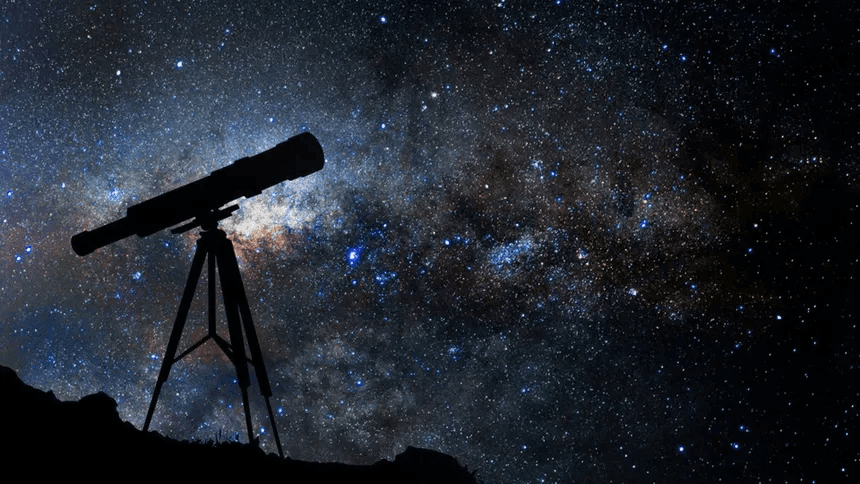
ntroduction to Quantum Mechanics
Quantum mechanics forms the foundation of modern physics, providing a framework for understanding the behavior of matter and energy at the smallest scales. In the context of measurement, several basic principles are essential for interpreting how measurements are made and understood.
Basic Principles of Quantum Mechanics Relevant to Measurement
1. Wave-Particle Duality: Particles, such as electrons and photons, exhibit both wave-like and particle-like properties, affecting how measurements can be interpreted.
2. Quantization: Many physical properties, such as energy levels, can only take on discrete values. This principle of quantization directly influences the precision and accuracy of measurements.
3. Uncertainty Principle: Formulated by Werner Heisenberg, this principle states that certain pairs of physical properties, like position and momentum, cannot both be precisely measured simultaneously. This limitation is crucial for understanding the inherent uncertainty in quantum measurements.
\[
\Delta x \cdot \Delta p \geq \frac{\hbar}{2}
\]
where \( \Delta x \) is the uncertainty in position, \( \Delta p \) is the uncertainty in momentum, and \( \hbar \) is the reduced Planck's constant.
Quantum States and Superposition
Explanation of Quantum States
A quantum state describes the state of a quantum system, encapsulating all information about the system. These states can be represented mathematically using wave functions, which contain the probabilities of finding a particle in various positions or states.
Role of Superposition in Precision Measurements
One of the most intriguing aspects of quantum mechanics is the principle of superposition, where a quantum system can exist in multiple states simultaneously until measured. This principle can enhance measurement precision. For example, in quantum interferometry, the superposition of paths taken by particles can lead to interference patterns that provide highly accurate measurements of physical quantities.
Measurement in Quantum Systems
Differences Between Classical and Quantum Measurements
Classical measurements typically involve observing a system without influencing it, whereas quantum measurements can inherently disturb the system being measured. This disturbance can change the state of the quantum system and thus affect the measurement outcome.
The Observer Effect and Its Implications for Precision
The observer effect in quantum mechanics highlights that the act of measurement affects the system being measured. For example, observing an electron's position will change its momentum, introducing uncertainty into the measurement. This inherent characteristic necessitates careful consideration in precision measurement techniques.
Quantum Measurement Techniques
Overview of Quantum Measurement Techniques
Several advanced techniques exploit quantum mechanics to achieve unprecedented levels of precision:
1. Quantum Interferometry: This technique uses the superposition of quantum states to measure minute differences in phase, length, or time with exceptional accuracy. It is commonly used in applications such as gravitational wave detection.
2. Quantum Tomography: A method for reconstructing the quantum state of a system by making a series of measurements on multiple copies of the system.
Applications in Various Fields
Quantum measurement techniques have wide-ranging applications, including:
- Metrology: Achieving accurate standards of measurement for physical quantities such as time, length, and mass.
- Telecommunications: Enhancing the security and efficiency of data transmission through quantum key distribution and other quantum technologies.
Summary and Transition
In summary, quantum mechanics fundamentally alters our understanding of measurement, introducing concepts such as superposition and the observer effect that challenge classical intuitions. Quantum measurement techniques are paving the way for breakthroughs in precision measurement across various fields.
As we transition to the next article, we will explore the emerging field of quantum meteorology, where quantum principles are applied to enhance measurement techniques in meteorological observations.
Sample Questions
1. Question 1: Explain the significance of wave-particle duality in the context of quantum measurement. Provide an example of a phenomenon that demonstrates this concept.
2. Question 2: Given the uncertainty principle \( \Delta x \cdot \Delta p \geq \frac{\hbar}{2} \), calculate the minimum uncertainty in position \( \Delta x \) if the uncertainty in momentum \( \Delta p \) is \( 1.0 \times 10^{-24} \, \text{kg m/s} \).
3. Question 3: Describe how quantum interferometry can be used to measure gravitational waves and the advantages it has over classical measurement methods.
These questions encourage readers to engage with the material, reinforcing their understanding of quantum mechanics and its applications in precision measurement.



